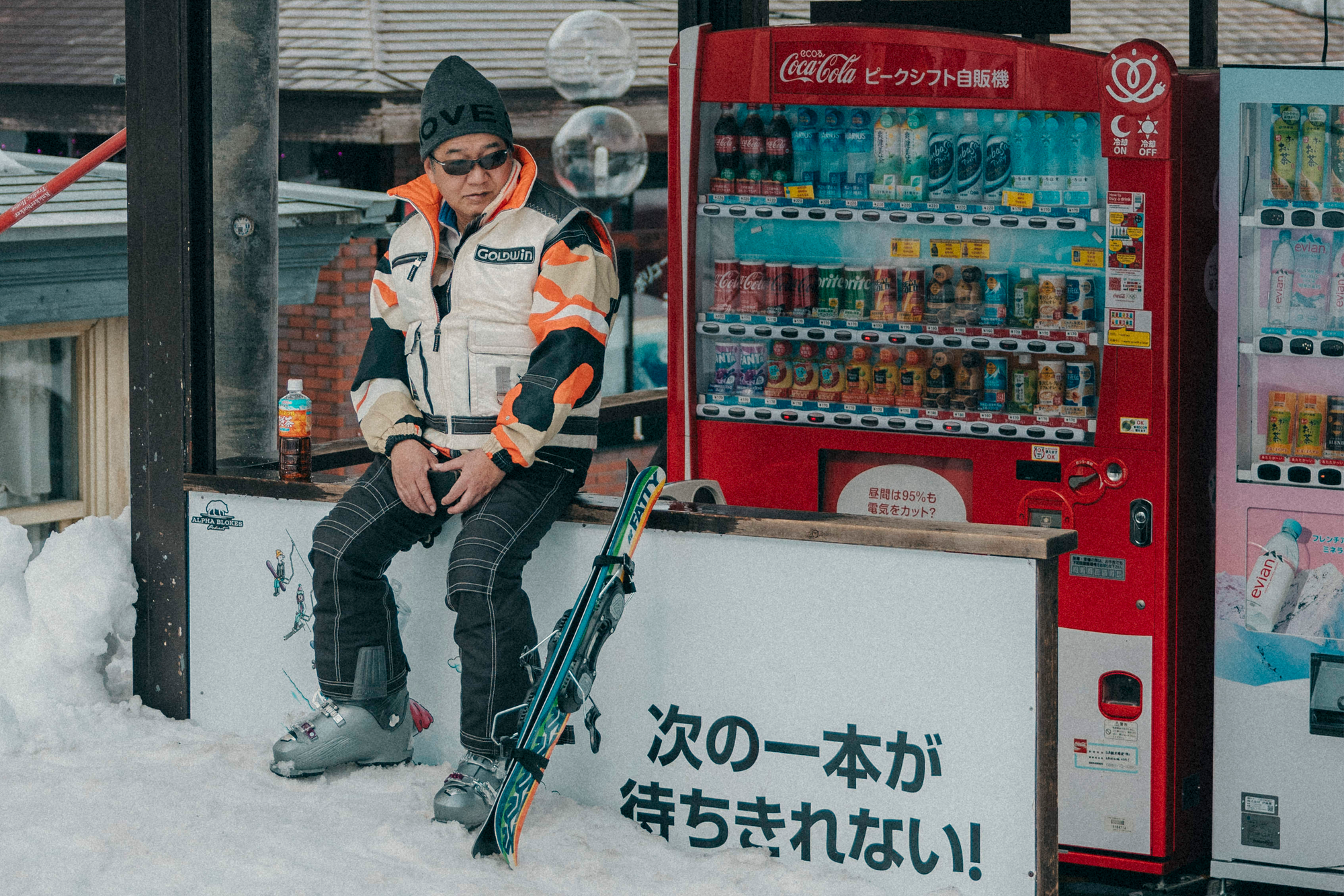by Sakura - Growth, International Markets @Slopes
Japan is home to over 450 ski resorts scattered across snow-covered mountains, islands, and even volcanoes. Yes, the powder really is that good. But the fresh lines are only part of the experience. You can’t miss out on the food, culture, onsens and those small, unexpected moments you won’t be able to find anywhere else.
Whether it’s your first trip or your fifth, here are 10 things you’ll want to know before heading into the deep.
1. 🏔️ Waking up in a Different World: Japow is Real
If you haven't experienced it yet, picture this: going to bed after a big day on the slopes and waking up to your tracks completely gone the next morning. The trees are frosted, cars buried, and everything’s blanketed in champagne powder so light it barely makes a sound when you step through it.
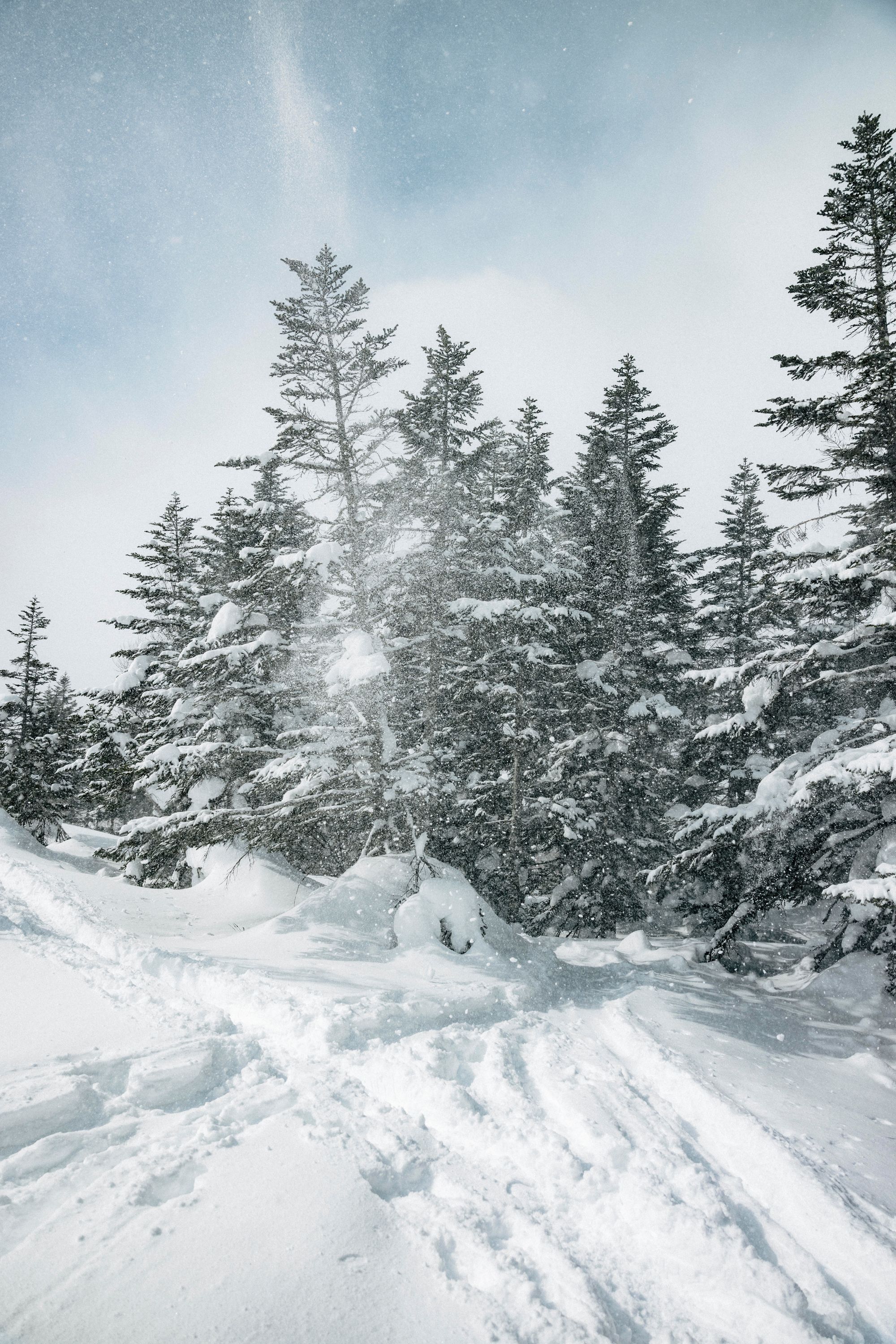
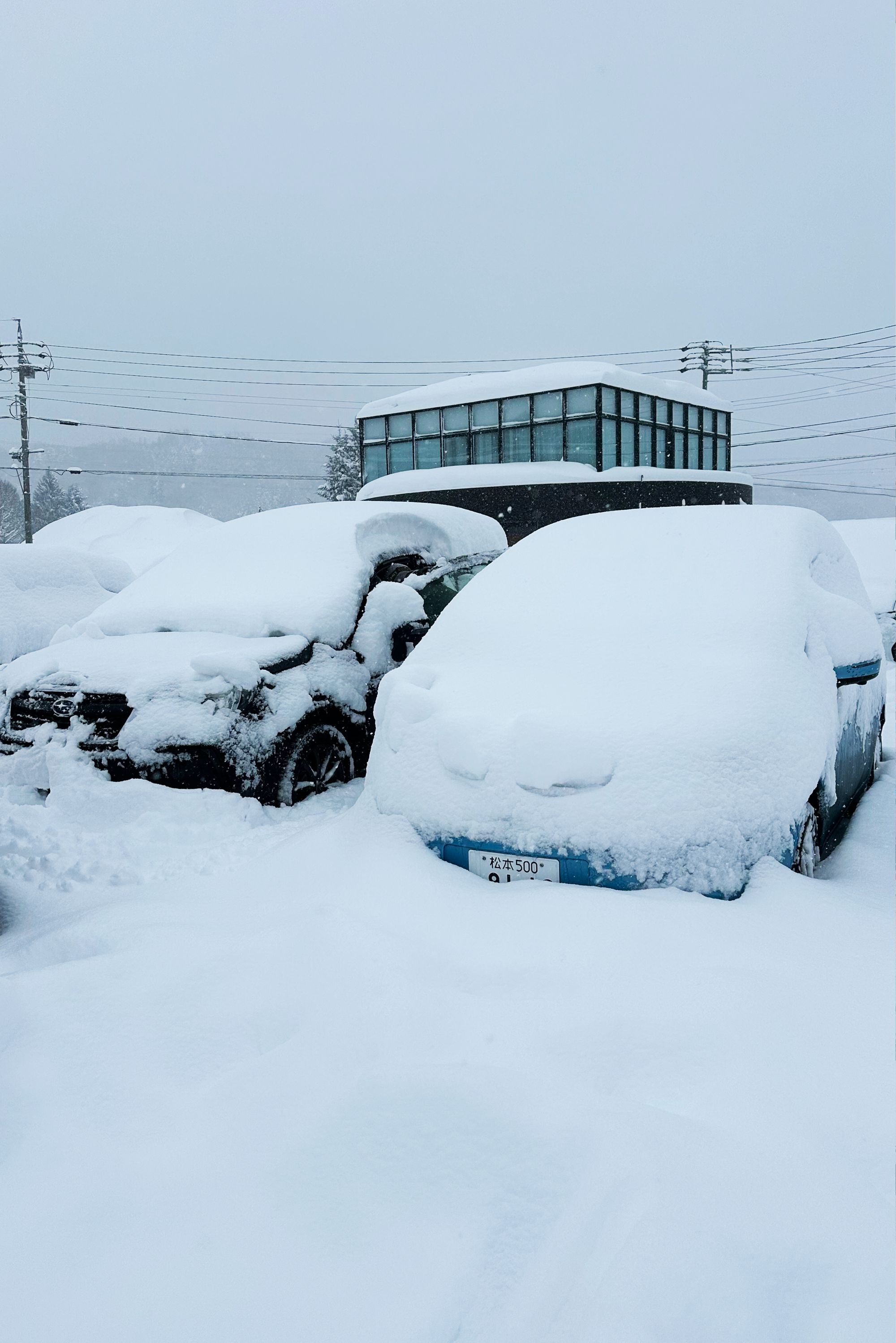
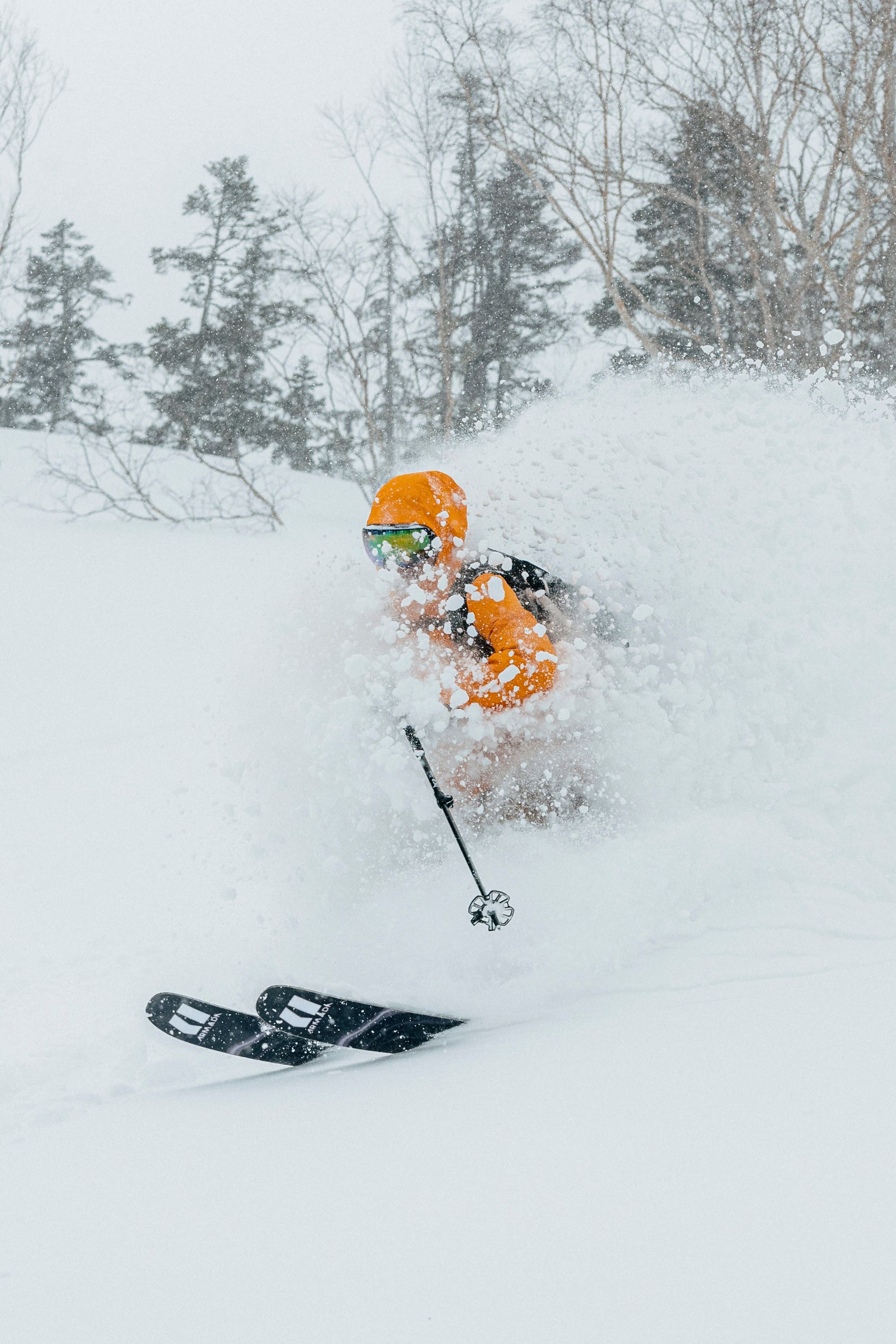
Japan’s famously dry and fluffy powder (lovingly called Japow) isn’t just a myth, it’s a meteorological miracle. The cold air blowing off Siberia picks up moisture over the Sea of Japan and dumps it onto the mountains of the Japanese Alps and Hokkaido resulting in resort snowfall averages that would make your jaw drop.
If chasing powder is your priority, the sweet spot to visit is from mid-January through mid-February. Resorts like Hakuba, Myoko, Niseko, and Yuzawa can get multiple meters of fresh snow in a single week. This isn’t the “occasional” powder — this is everyday powder.
2. 🚗 Getting There Hassle-Free
Japan’s ski towns might feel like hidden gems nestled in remote mountain valleys, but they're surprisingly easy to reach thanks to the country’s high-speed rail network and reliable winter infrastructure.
The Nagano area has been a longtime favorite among international skiers, and it's easy to see why. Resorts like Hakuba Valley, Nozawa Onsen, and Shiga Kogen offer legendary snowfall, epic terrain, and a great blend of traditional charm and modern convenience. To get there, simply hop on the Hokuriku Shinkansen from Tokyo to Nagano Station (which takes about 90 minutes).
From there, it depends on where you're heading next:
- Hakuba Valley is about an hour away by shuttle
- Nozawa Onsen is only 25 minutes from Iiyama Station (one stop after Nagano) by bus
- Shiga Kogen is about a 60-minute bus ride from Nagano Station
If you’re planning on bringing your ski gear with you or you want to hit multiple mountains, renting a car might be a better option — just be sure it has winter tires, and remember, Japan drives on the left side of the road.
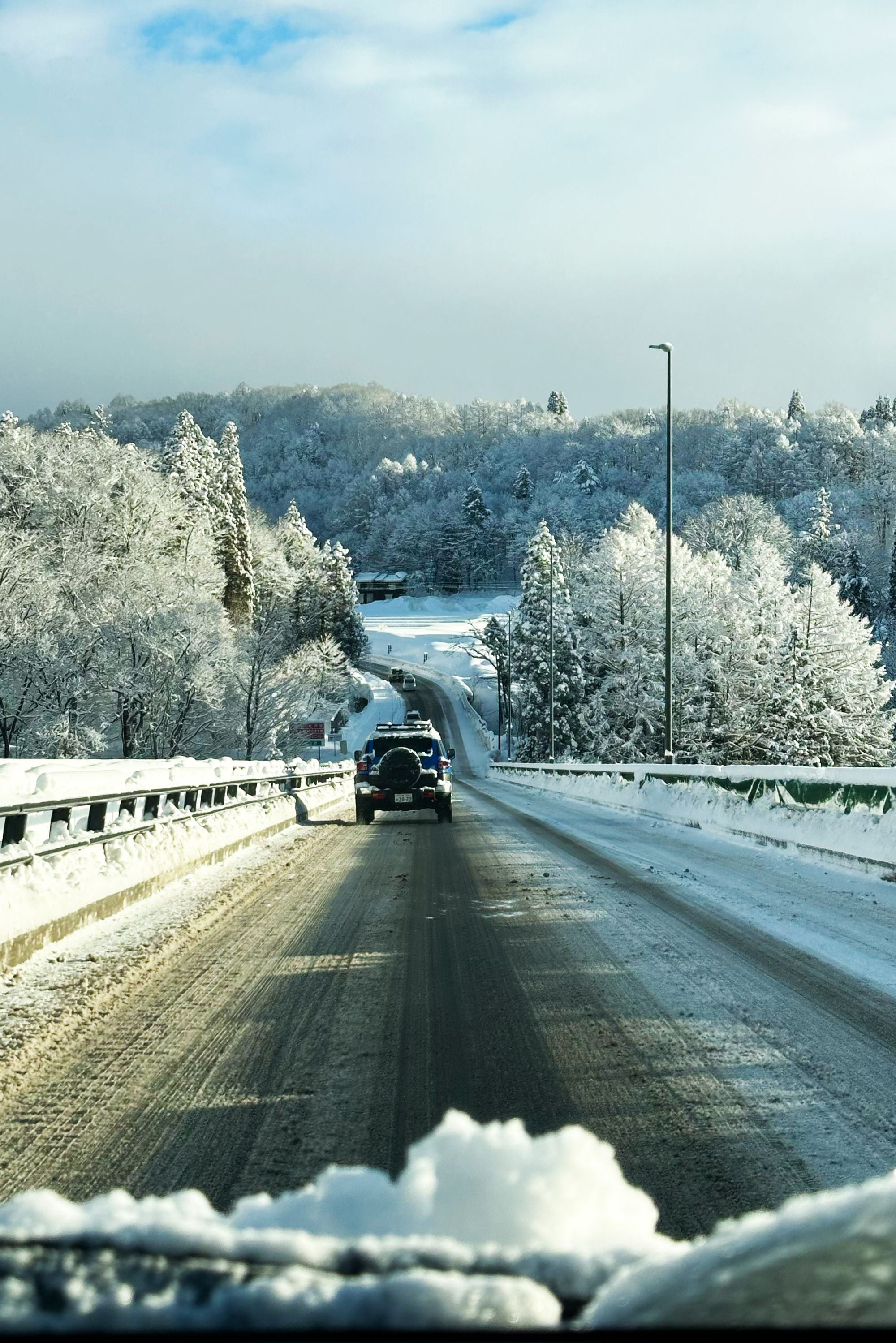
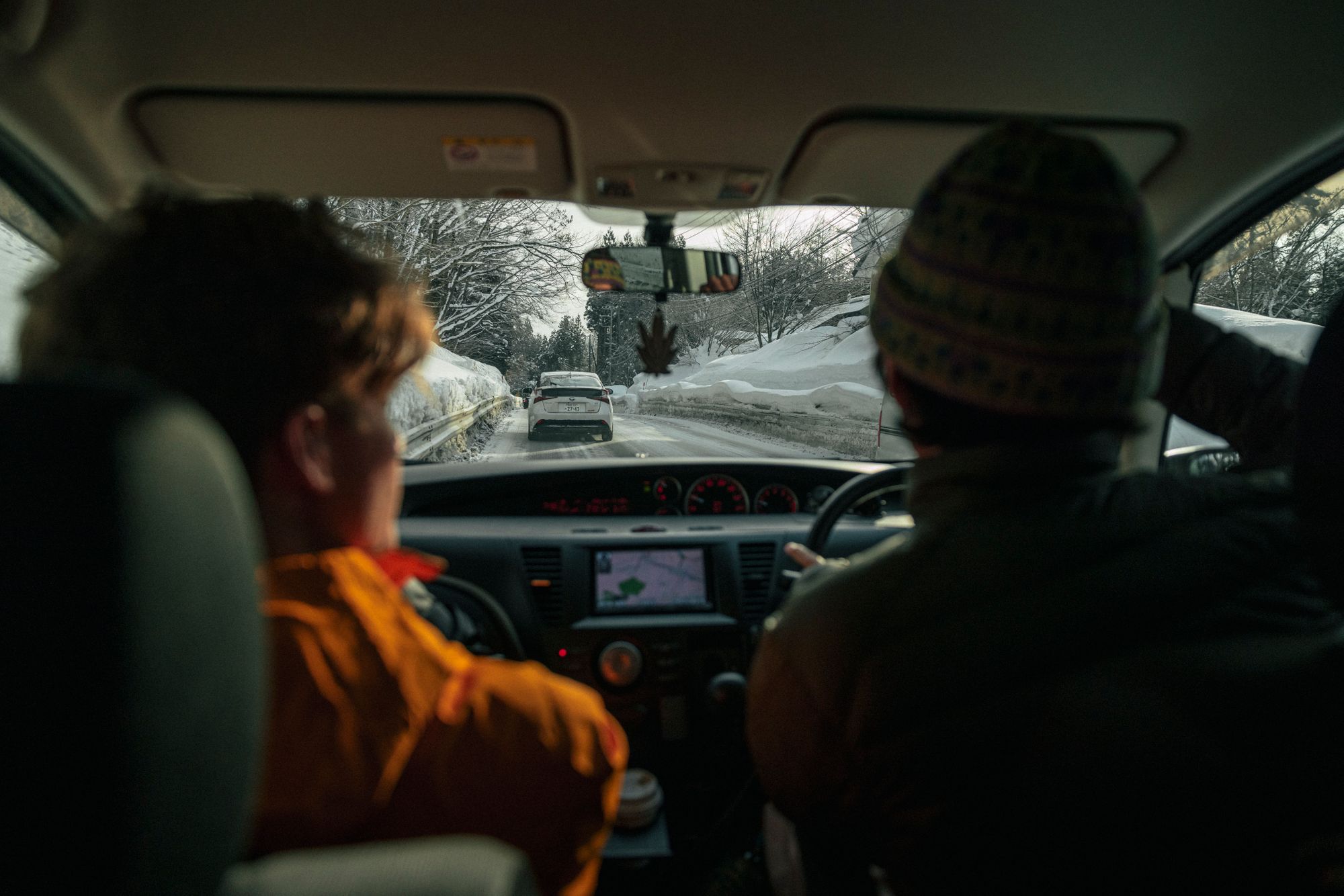
Looking for something even more convenient?
Head to Yuzawa, one of the easiest snow escapes in the world. The Joetsu Shinkansen will take you from Tokyo to Echigo-Yuzawa Station in just 75 minutes. You could be skiing by lunchtime! Resorts like GALA Yuzawa, Ishiuchi Maruyama, and Kagura are all close by as well, and some are connected directly to the station.
Bonus tip: If you find yourself at the station with some time to spare, grab a hot Ekiben (bento boxes sold at train stations) before boarding. Ski trips taste better when they start off with good seafood bowls and beer on the rails!
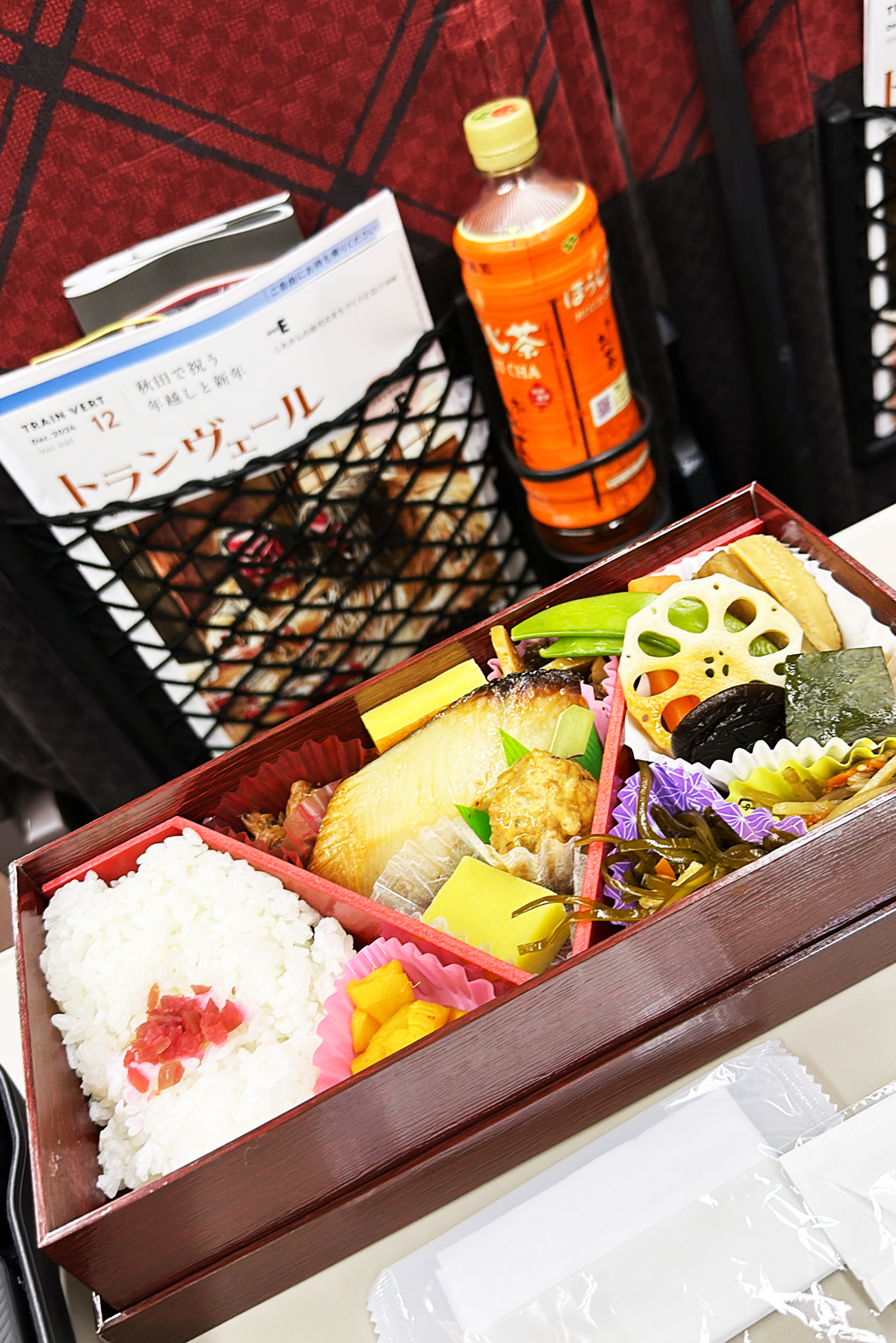
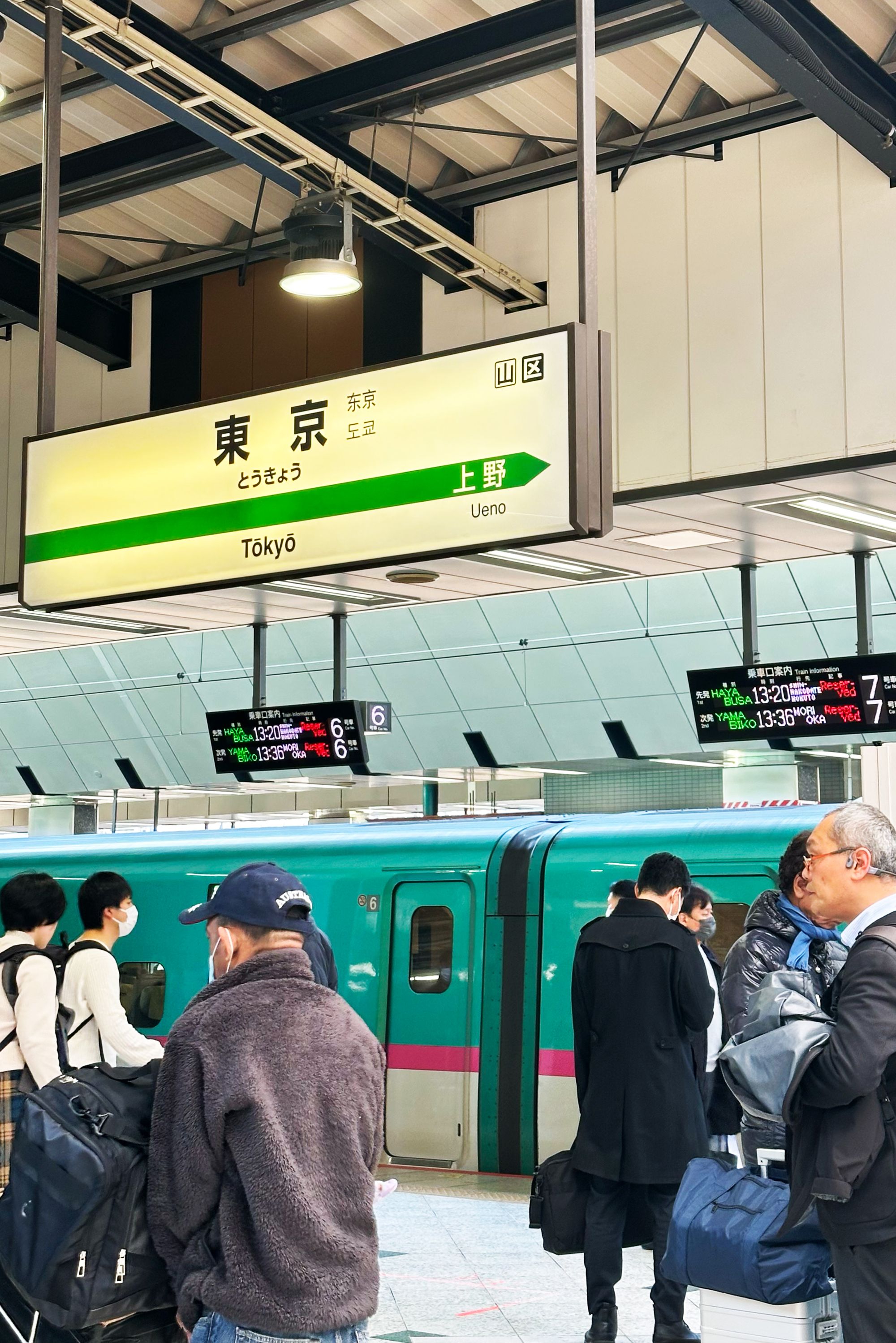

3. 💸 Surprisingly Affordable
Japan doesn’t just deliver the best snow — it also happens to offer one of the best deals in the global ski world.
A full-day lift pass at most Japanese resorts ranges from ¥4,000 to ¥6,500 (roughly $25–45 USD). Even bigger-name destinations like Hakuba or Niseko rarely break the ¥8,000 mark (about $55 USD), and many resorts also offer multi-day discounts.
But it doesn’t stop at the lifts.
Most lodgings include breakfast and dinner — sometimes even with an onsen — for under ¥15,000 a night. That’s about $100 USD, what a sweet deal.
Even a mid-mountain ramen lunch with your Slopes crew — complete with a view and a steaming bowl of tonkotsu, or even fresh sashimi, will rarely run you more than ¥1,200 to ¥2,000 ($8-13 USD). You’ll walk away full, happy, and ready for another round.
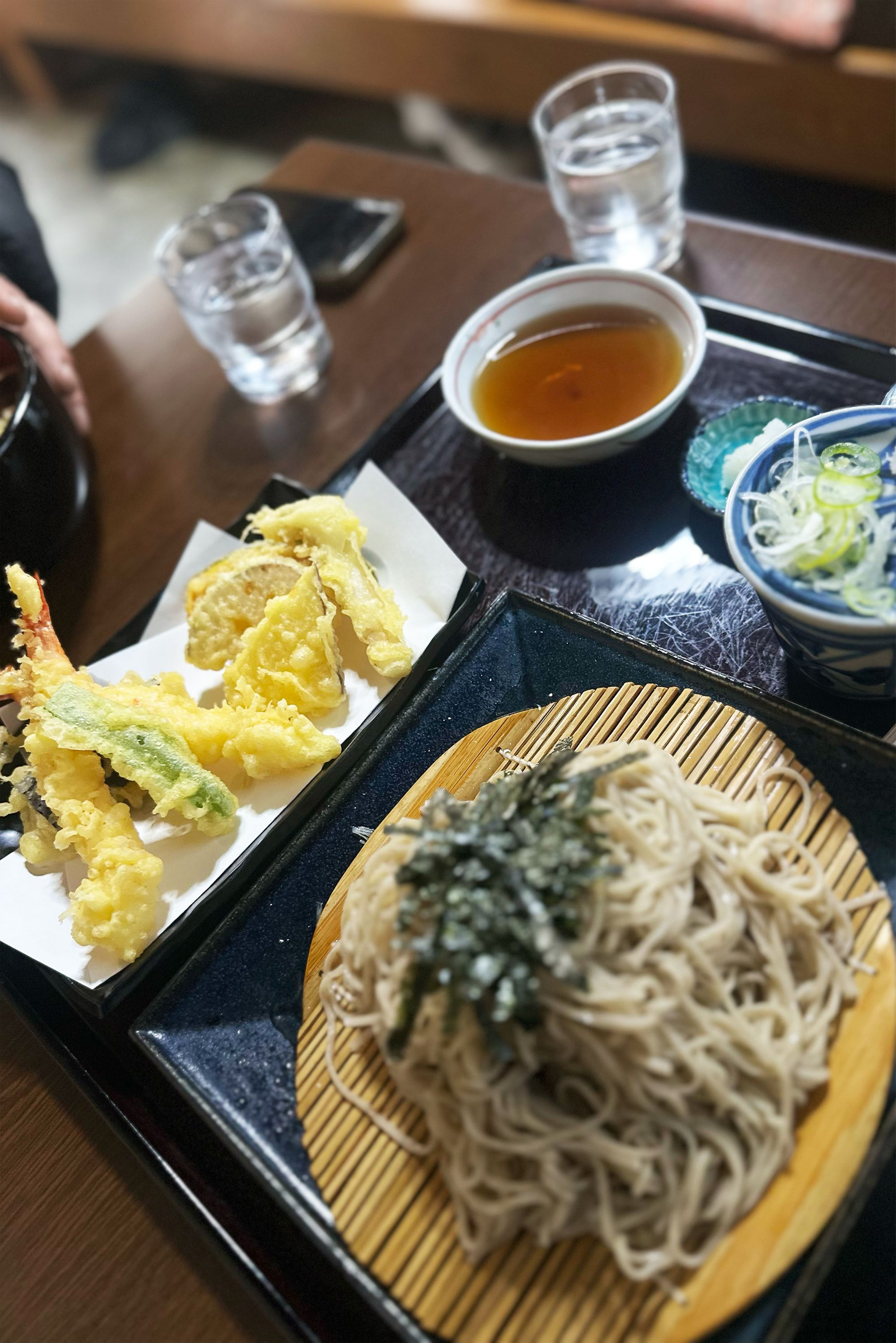
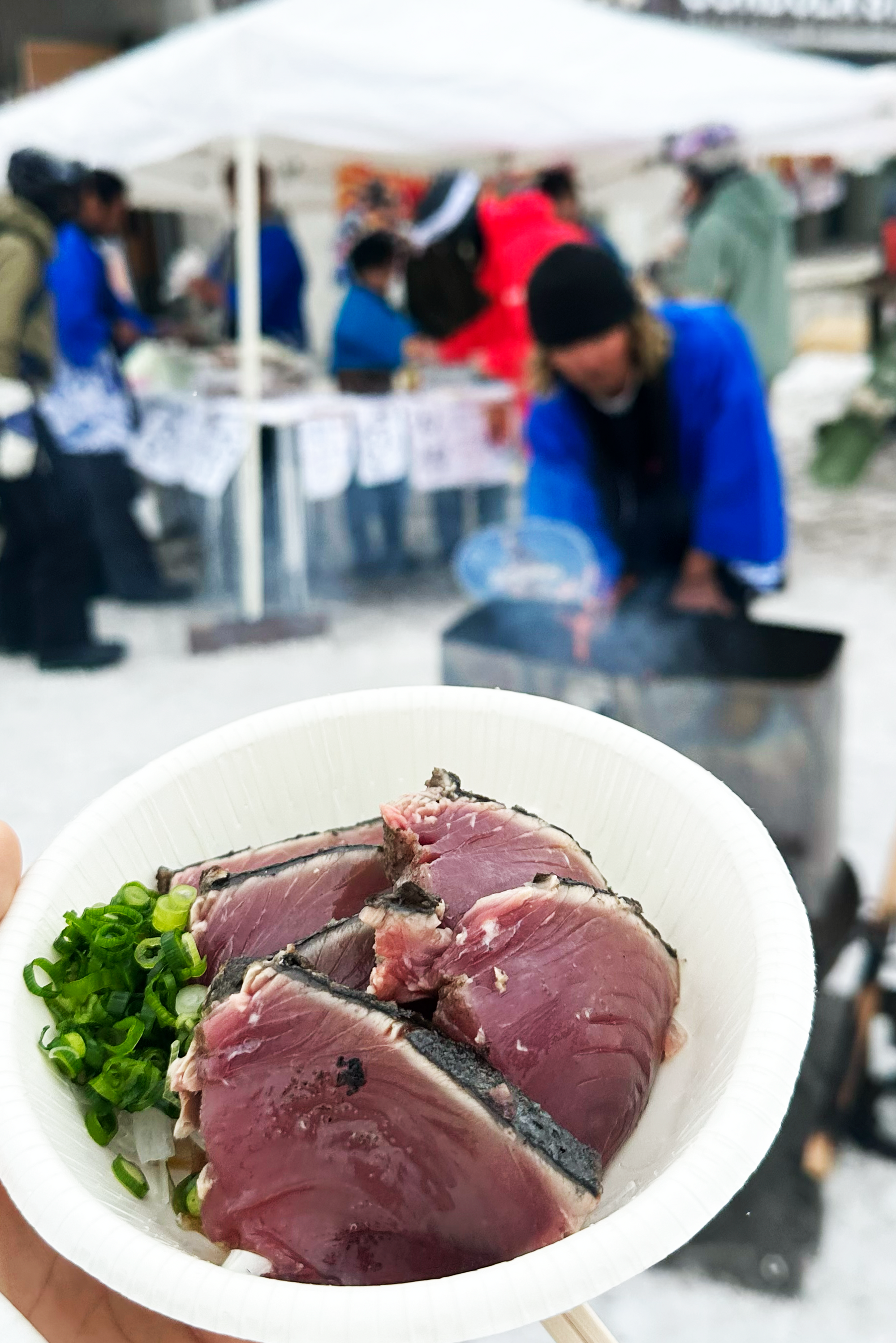
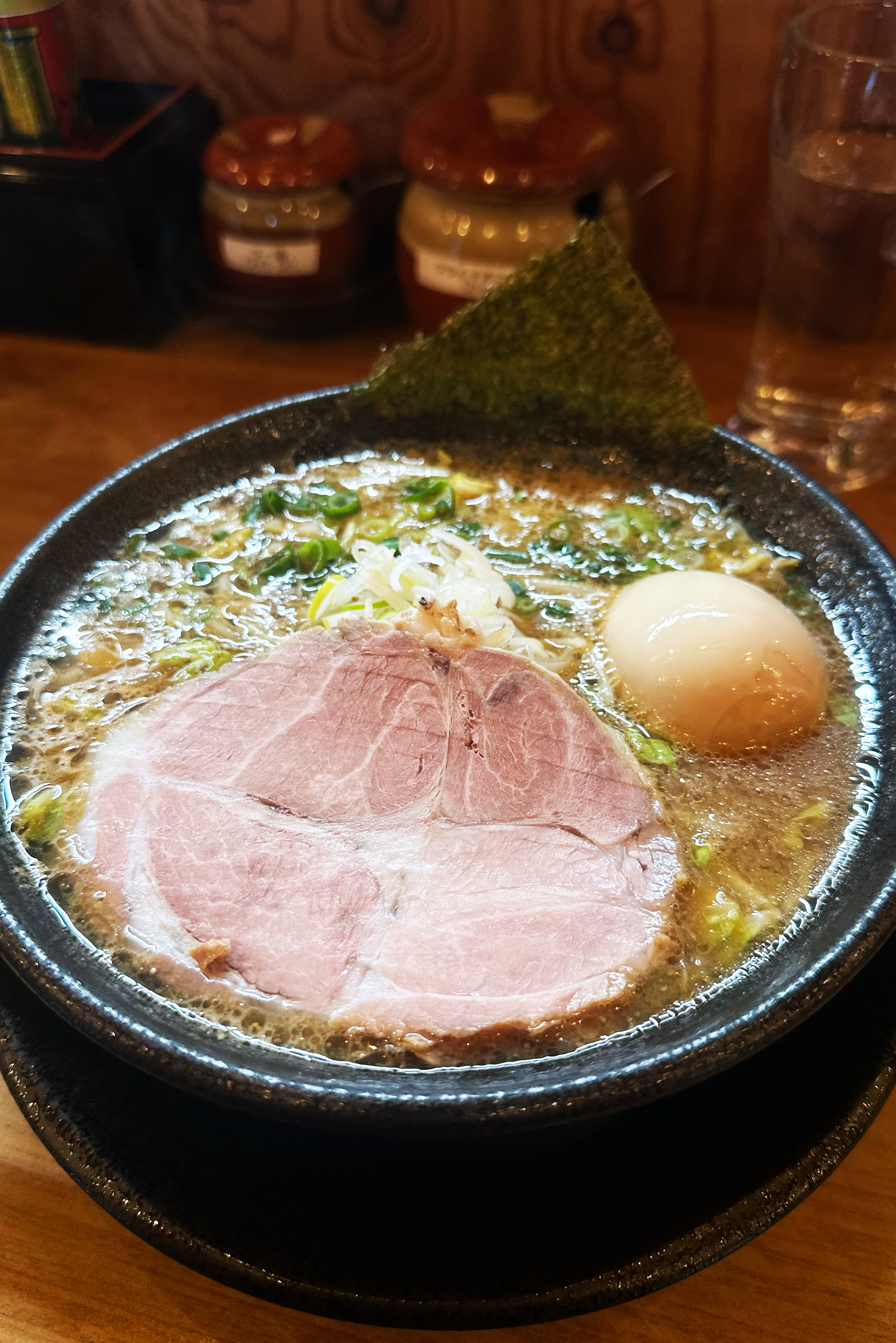
You’ll also find that gear rentals, restaurant prices, and transit costs are a lot cheaper than the Alps or Rockies. This means you can budget for a powder guide, or add in a few more days of riding deep snow without the (deep) credit card burn.
4. 🗾 Extend the Adventure: Culture, Convenience & a Smooth Ride Home
Japan isn’t just a ski destination — it’s a whole other world to explore. If you’re making the trip, we highly recommend booking an extra day or two at the end of your ski trip. Why? Because when the snow settles, there’s still so much more to experience.
Wander through a snow-covered temple in Nagano, take a stroll through the lantern-lit streets of Nozawa’s historic village, or explore Tokyo on your way home. With its street foods, arcades, cafes, and late-night ramen, it’s the perfect urban reset after a week in the mountains.
And if you're planning on visiting in late March or April, you might even be able to catch Tokyo’s cherry blossoms in full bloom — the ultimate spring send-off to your winter adventure.
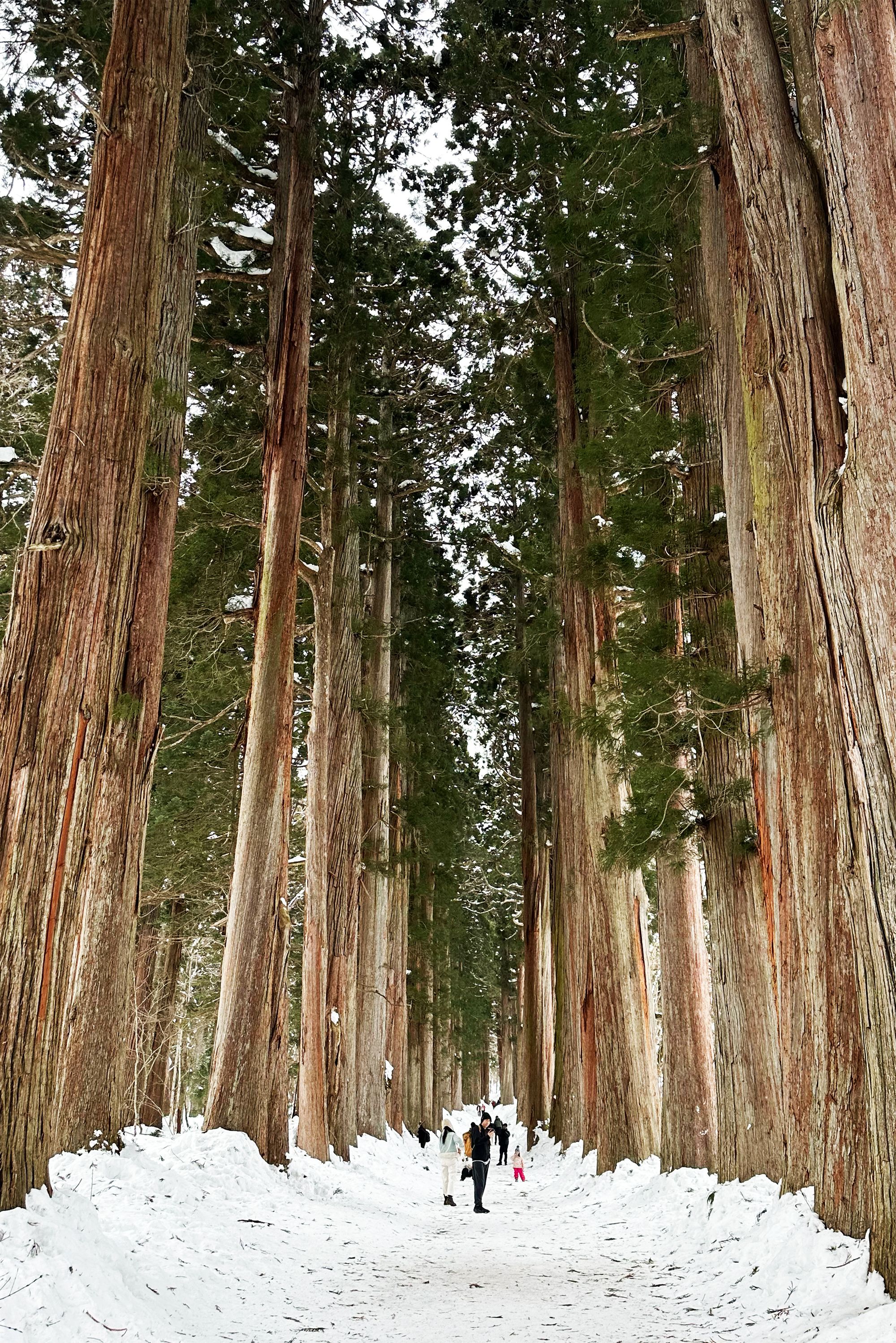

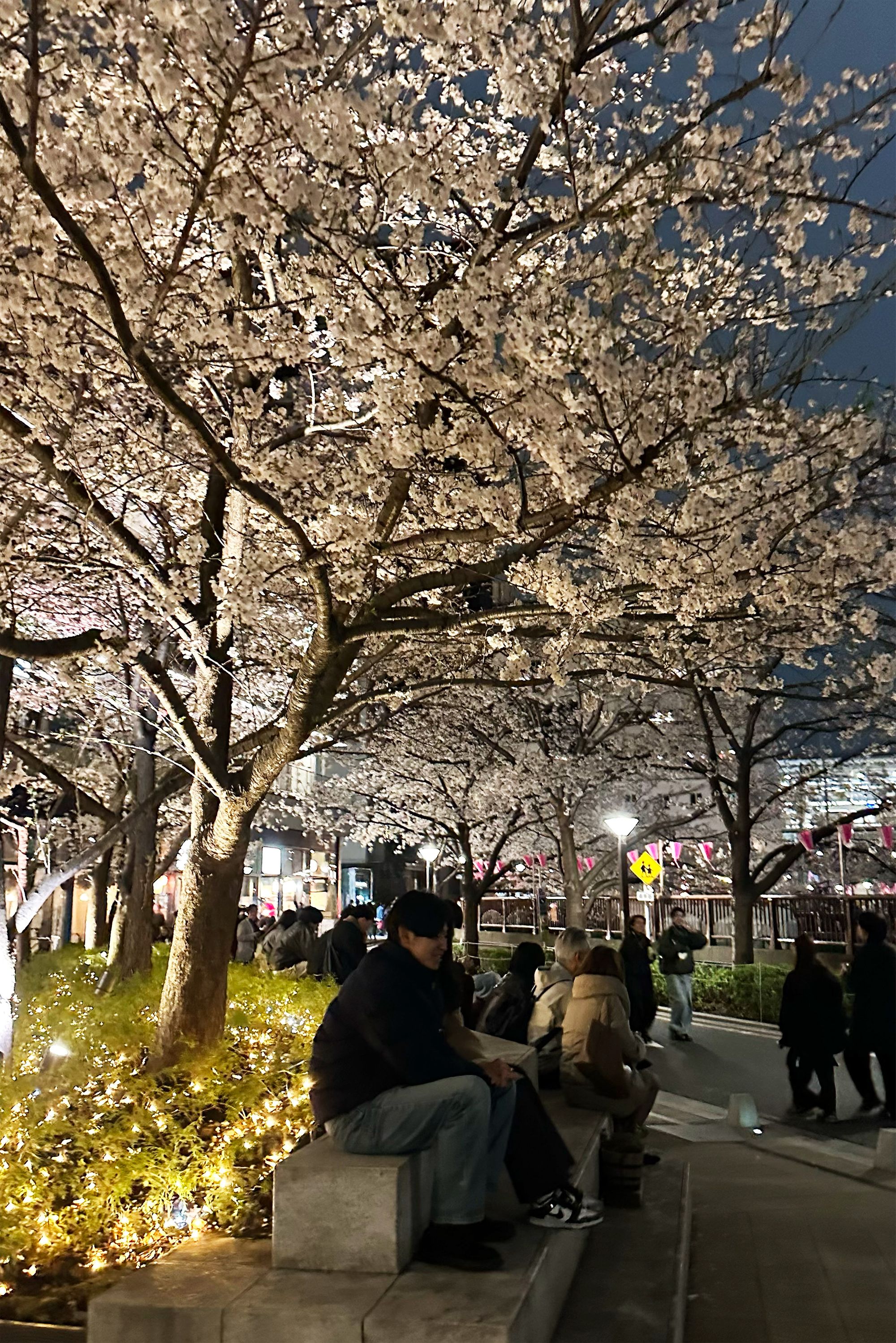
And here’s a game-changing tip for anyone traveling with gear: don’t bother with wrestling your ski bag through subways or up narrow staircases by yourself. Instead, use Yamato Transport (Black Cat) or Japan Post to ship your skis or board straight to your hotel or resort. It'll cost around ¥2,000–3,000 ($13–20 USD), and delivery usually takes 1–2 days.
You can even send your gear back to the airport ahead of time and pick it up just before your flight — no stress, no hauling, just smooth transitions from the slopes to sightseeing.
5. 🏧 Cash is Still King
Japan might be one of the most high-tech countries in the world, but when it comes to money — it’s still surprisingly analog in a lot of mountain area.
While major resorts and hotels (especially in spots like Niseko or Hakuba) generally accept credit cards, you’ll run into plenty of other situations where cash is the only option. Consider the mom-and-pop ramen shops, mountain huts, local buses, traditional inns, and vending machines. Even most taxis only accept cash payments.
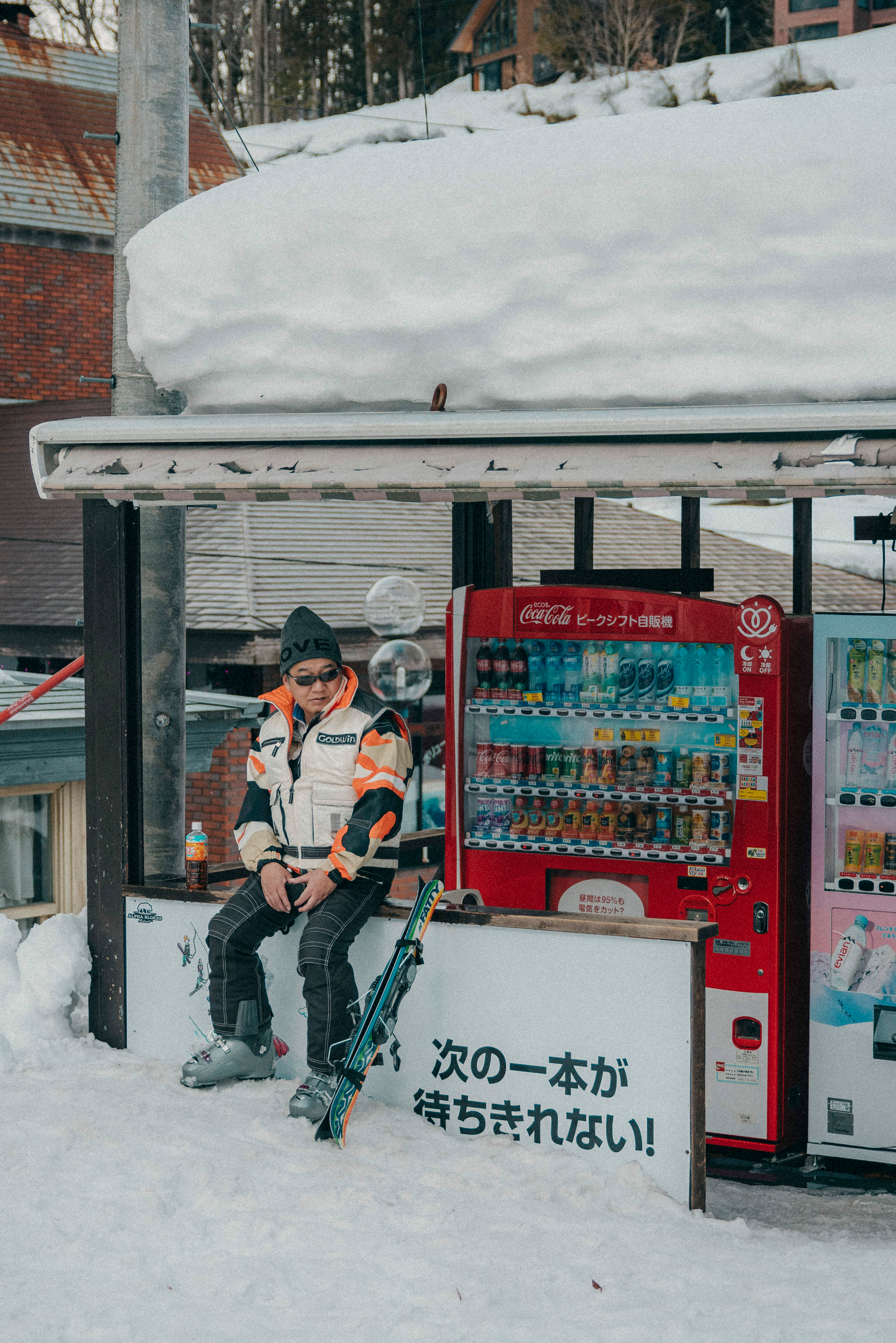
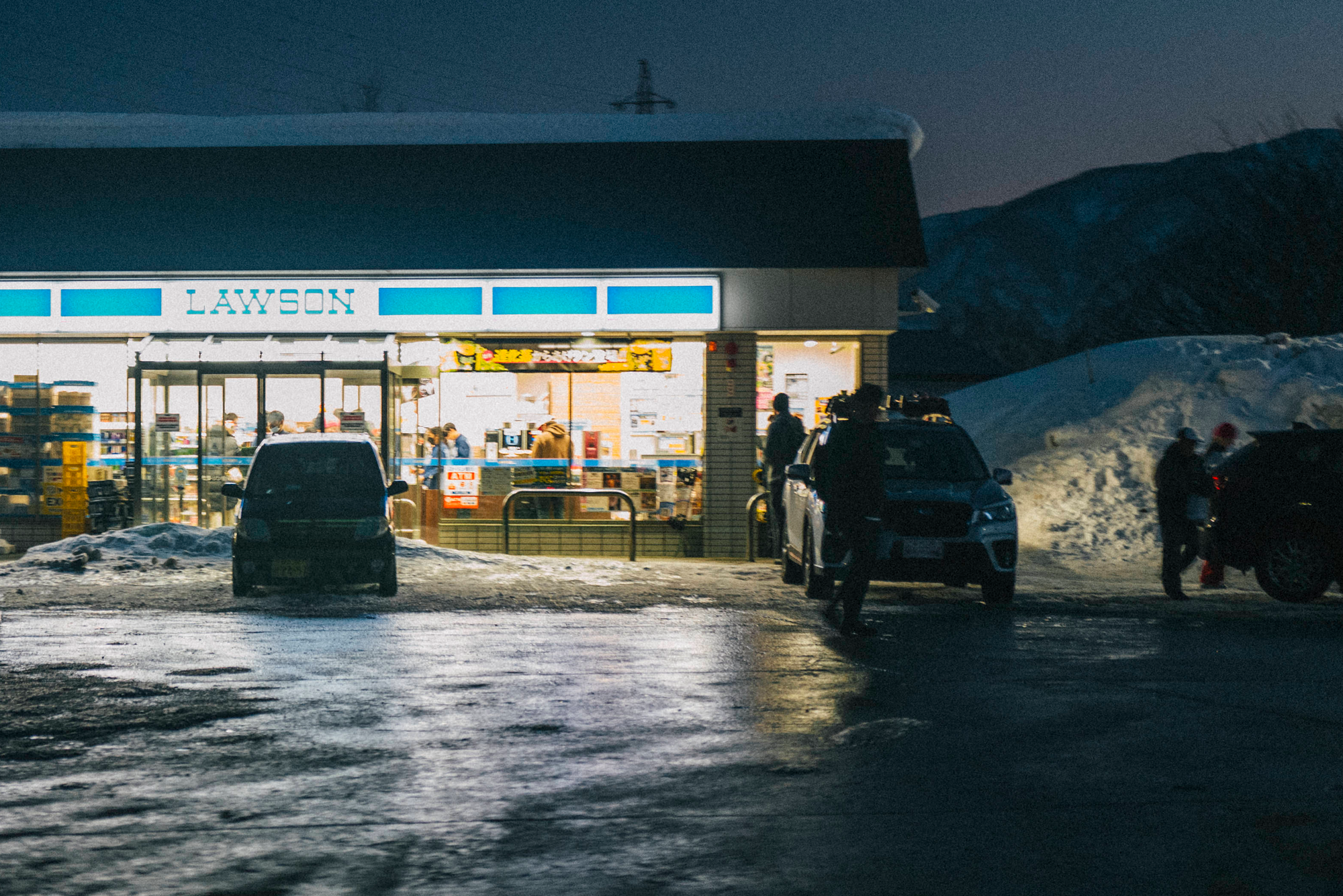
Don't fret if you forgot to do a currency exchange beforehand or if you're running low on cash. ATMs are widely available, especially at 7-Eleven, Lawson, and post offices, with many accepting international cards. That said, it can be hit or miss — with some working, and others out of operation, and occasionally you’ll run into withdrawal limits around ¥50,000 to ¥100,000 (~$650 USD) per transaction.
So better be safe than sorry — grab some yen before your trip, and always keep a bit of cash in your pockets, just in case. You never know when you’ll pass a bakery window and spot a steaming ¥400 pork bun calling your name.
6. 🌲 Tree Skiing Heaven (With Rules)
The tree skiing in Japan is nothing short of phenomenal. Long, flowing lines through perfectly spaced trees, deep snow underfoot, and the kind of turns that leave you laughing at the bottom. When it’s on — and it often is — you’ll understand why riders from all over the world come here chasing powder.
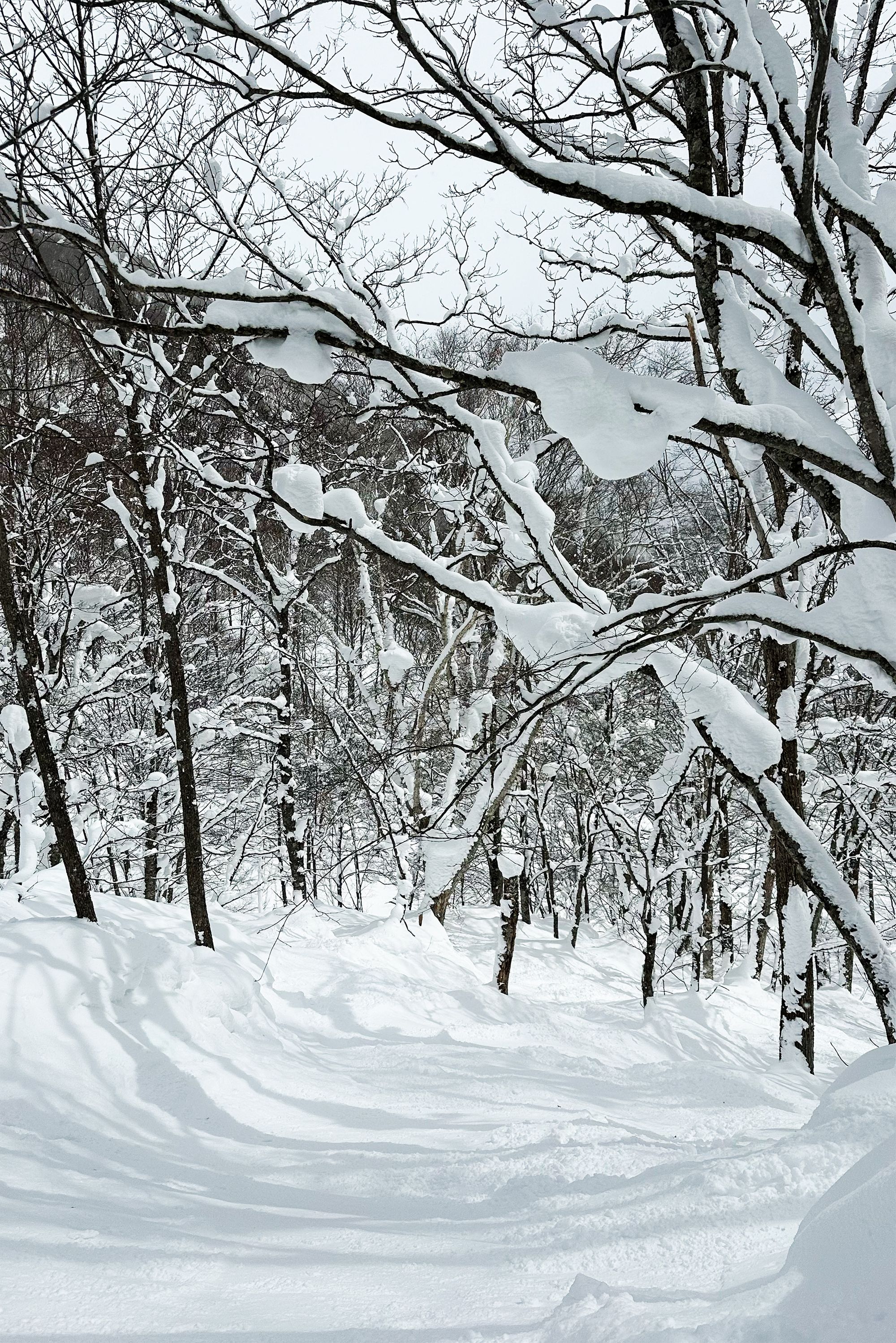
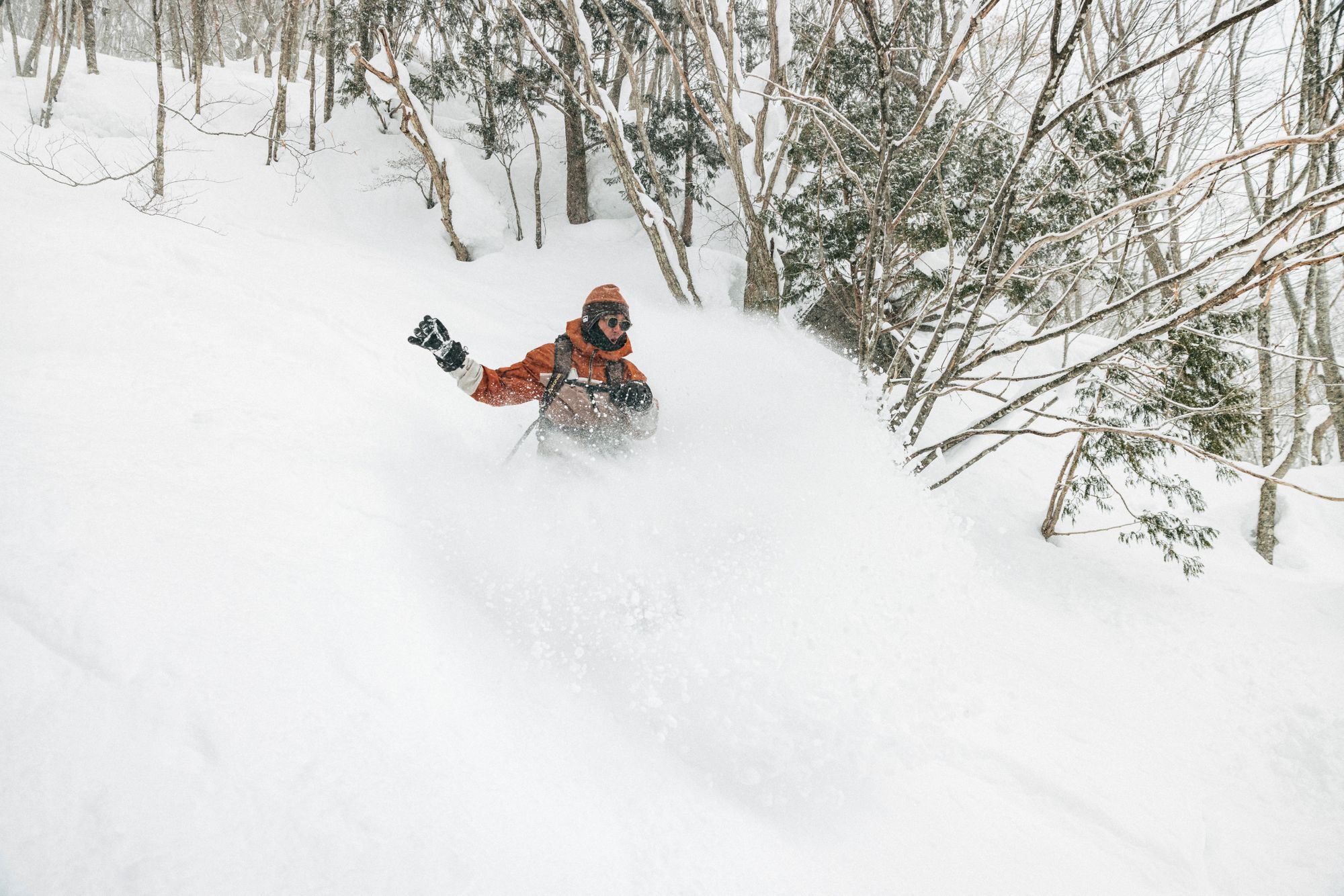

But make no mistake — off-piste come with strict rules. Many resorts prohibit tree runs outside designated areas, and ropes are not to be ignored. Ducking them can result in your pass being revoked, or worse, trigger a rescue response that puts others at risk.
If you’re planning to venture beyond the marked trails, do it right. Check with patrol, look for official gate systems, and most importantly, hire a local guide if you’re exploring the backcountry. Conditions in Japan can change quickly, and avalanche risk is very real. Riding with someone who knows the terrain (and speaks the language) is the best way to stay safe and find the deepest lines.
There’s endless terrain out there. Just make sure you explore responsibly.
7. 🍶 Après-Ski, the Japanese Way
Après-ski in Japan has its own rhythm — its less about going wild, and more about winding down, sharing stories, and warming up from the inside out.
After the lifts stop spinning, you’ll usually find riders heading straight to an onsen to soak away the day, then meeting up with friends at a local izakaya (Japanese pub) and catching up over plates of grilled yakitori, sashimi, edamame, and good local sake. It’s casual, comforting, and always hits the spot.
Not ready to end the night just yet? Many ski towns also have cozy karaoke bars. Whether you’re singing with friends or locals, it’s completely normal to end the night with a mic in one hand and a highball in the other.
In Japan, après isn’t just one thing — it’s a mix of ritual, food, and fun. There's something for everyone, whether you’re looking for vibes or volume.
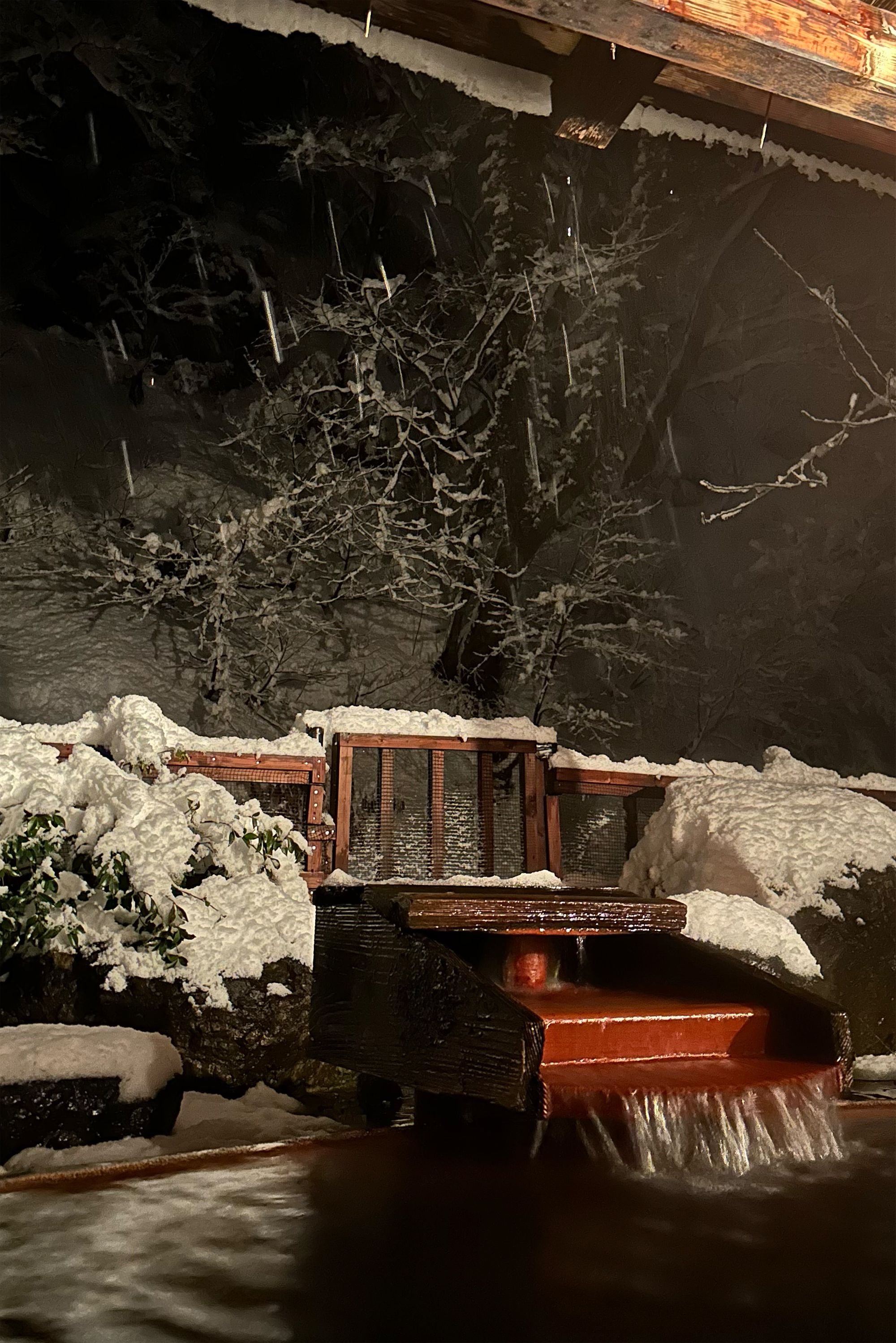
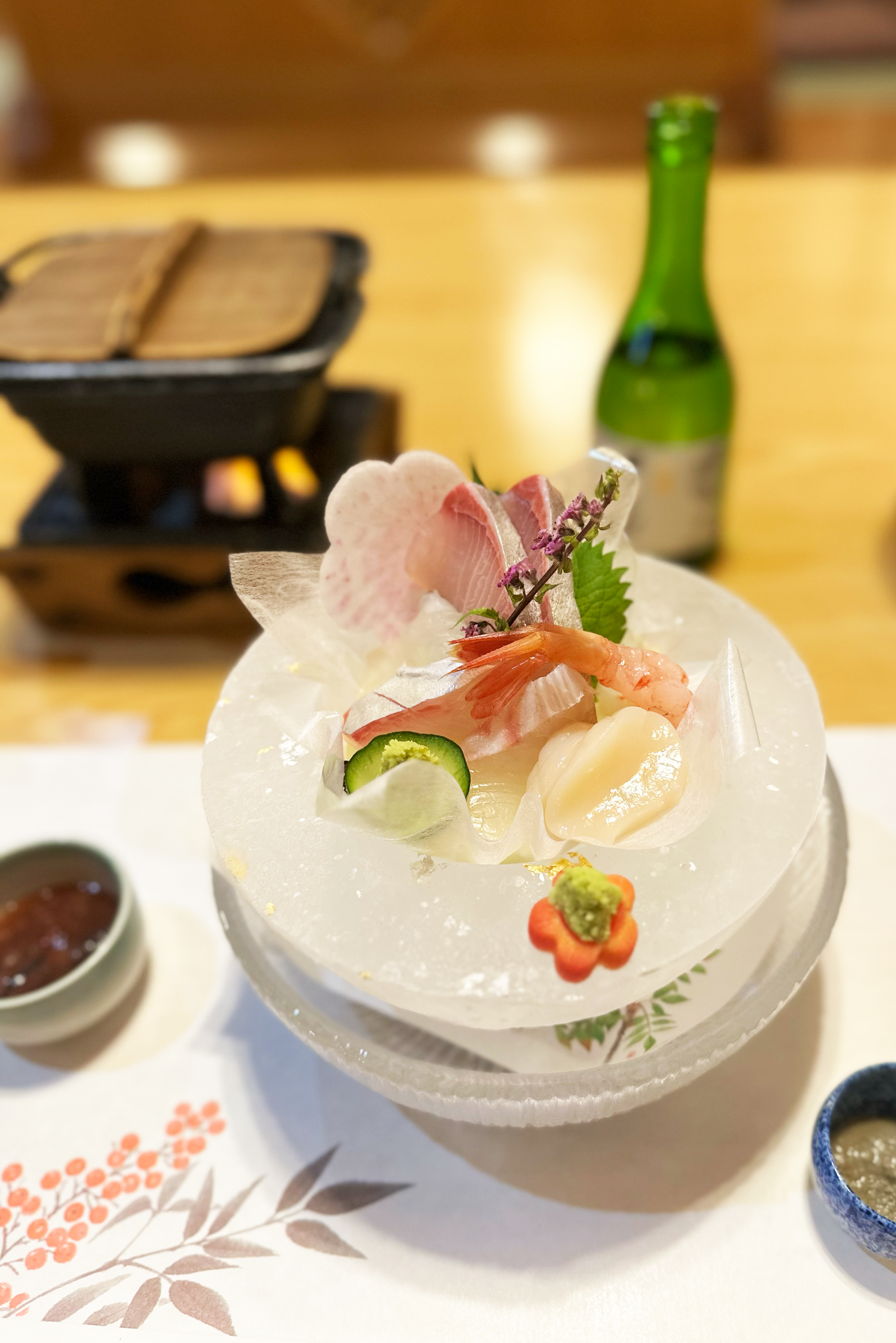

8. 🗣️ Learn a Little Japanese
You don’t need to be fluent to ski in Japan, but learning a few basic phrases goes a long way, especially once you leave the big, tourist-heavy resorts.
Simple words like “arigatou gozaimasu” (thank you) and “sumimasen” (excuse me / sorry) can totally change the vibe of an interaction. Locals appreciate the effort, even if your pronunciation isn't quite right. Plus, it makes those little moments — like chatting with a liftie, ordering at a ramen shop, or getting directions — way more fun.
Here are a few handy ones to keep in your pocket:
Konnichiwa (こんにちは) = Hello
Daijoubu (大丈夫) = I’m okay / It’s alright
Oishii! (おいしい) = Delicious!
Doko desu ka? (どこですか?) = Where is ___?
Onsen wa doko desu ka? = Where’s the hot spring?
And if you forget everything else?
Just smile and bow — it’s the universal Japanese superpower.
9. 🙇♂️ Keep an Eye Out for the Small Details
Japan is all about the details — and that includes how people move, speak, and share spaces. Understanding a few basic cultural habits will help you blend in and avoid any unintentional faux pas.
For starters, quiet is the norm, especially in public areas. Whether you're in a gondola, on a shuttle bus, or walking through your ryokan hallway, keep your voice low and phone calls to a minimum. It’s not about being stiff, it’s just part of the respect-driven culture.
Here are a few other things worth knowing:
・Take your shoes off when entering homes, ryokans, and sometimes even restaurants or changing rooms. If there’s a step-up and slippers nearby, shoes off is the way to go.
・Don’t bring your towel into the onsen water. Wash first, leave the towel on the side, and soak respectfully.
・Always follow the line. Japanese skiers queue up neatly for lifts, buses, and restaurants — no crowding, no cutting, just quiet order.
The beauty of Japanese ski culture isn’t just in the powder — it’s also in the way people treat each other and the mountain. When in doubt, follow the flow, observe what others do, and don’t be afraid to ask politely.
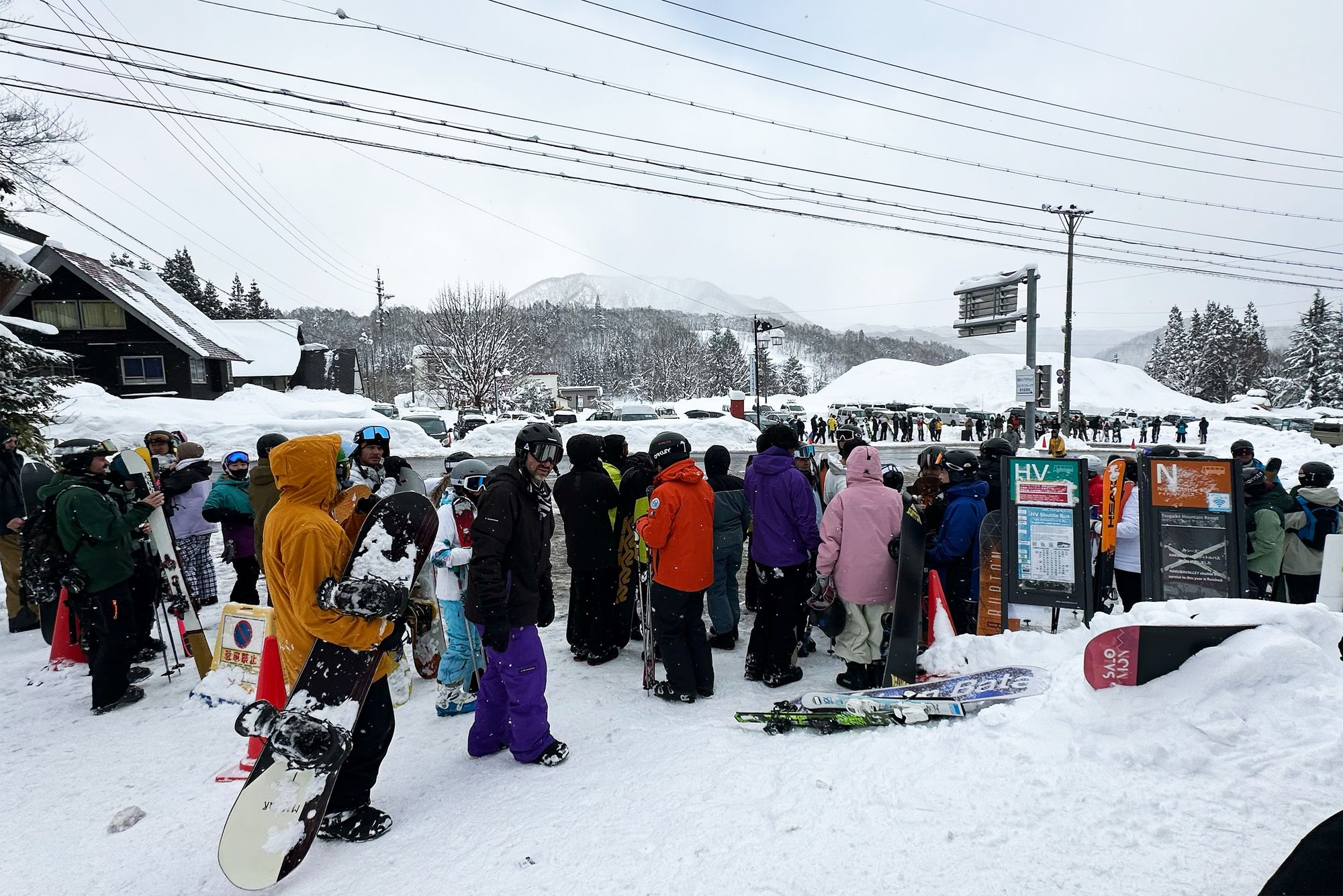
10. 🏔️ It’s More Than a Ski Trip
The powder might be what brings you to Japan — and yeah, it’s incredible — but it’s everything else that will stay with you.
It’s the quietness of a snow-covered forest. The feeling of stepping into a steaming onsen as flakes swirl around you. The first sip of hot sake after a long day in waist-deep powder. The warmth of strangers who help you with directions even if you don’t speak the same language. The vending machine green tea that somehow hits just right.
Skiing in Japan is a rhythm: deep turns, deep rest, deep respect. It’s a chance to slow down, reconnect with the mountains, and experience a culture that moves with quiet intention.
And here's another piece of advice so that you can enjoy your trip without worry — book everything ahead of time. Resorts, trains, and ryokans fill up fast, especially in peak powder season. Planning early means less stress for yourself… and more time to float through the good stuff.
You’ll come for the snow.
And you’ll leave thinking about how to get back.
We can't wait to meet you out on the slopes! ❄️🎿

